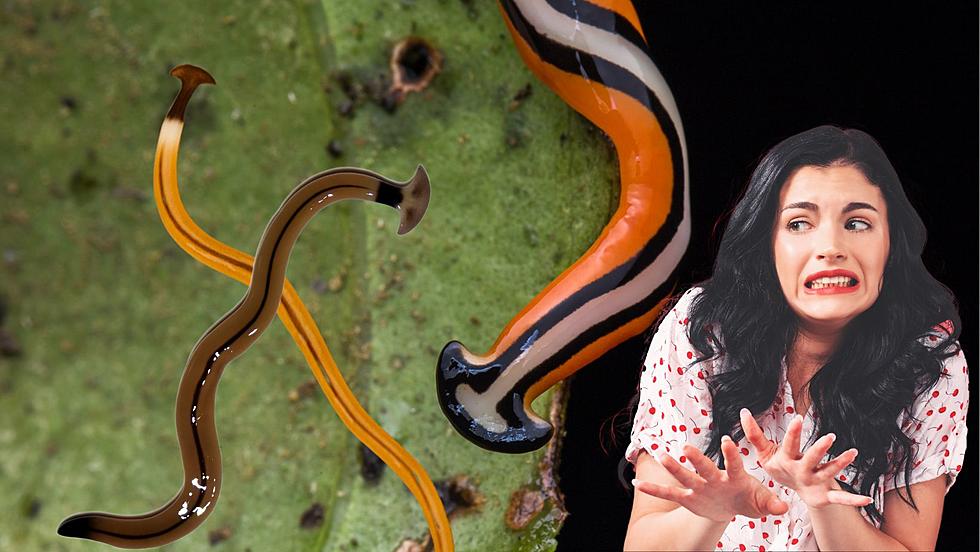
Invasive Hammerhead Worm Species Found in Kentucky and Indiana
When it isn't one million degrees outside, I love to spend time digging in my garden. I swear, there is nothing like getting a little dirt under the fingernails. Pulling weeds is so satisfying and the sense of accomplishment when my flower beds are in tip-top shape feels so great. I often come across little critters, bugs, and earthworms which are all good signs of healthy soil. However, I recently discovered that there is a new species of creepy crawler that has made its way to our area and you DEFINITELY don't want it in your yard.
What is the Hammerhead Worm?
This carnivorous invertebrate is native to Southeast Asia, but experts believe it has been present in the US for decades now. Probably making its way over in potted plants over time. Just in the last few years, however, these gross little slimers have been spotted all over the southeastern United States. You can recognize them by their yellowish brown color, flat bodies which can stretch to a foot long, and of course, their head that looks like a Hammerhead shark.
Why are Hammerhead Worms Bad?
Hammerhead worms eat snails and earthworms which are essential to healthy soil. By ridding dirt of these important helpers, there is nothing to help decompose various plants or animals found under the ground. These awful creatures are not only gross to look at, they secrete a poison that is toxic to other living things as their defense mechanism. While it can irritate humans if they come in contact, poor animals can get very sick if they are to ingest the Hammerhead worm. It can cause vomiting and dehydration. They can also carry parasites which can make your furry friend very ill.

What to do if you Find a Hammerhead Worm?
While they aren't going to destroy entire ecosystems anytime soon, it is best to stop these worms in their tracks if you are to ever find one. Entomologists from the University of Kentucky advise that you do NOT try to squish or cut up this pest as it can regenerate! We certainly don't want more of these disgusting things squirming around. Instead, they recommend you place the Hammerhead worm in a plastic bag with either salt or vinegar. Be sure to use tweezers or wear gloves to not be exposed to their slime. UGH!
Here is a video from an invasive species specialist with more advice on how to deal with these unwanted pests.
Have you ever seen one of these disgusting little bad boys in the wild?
